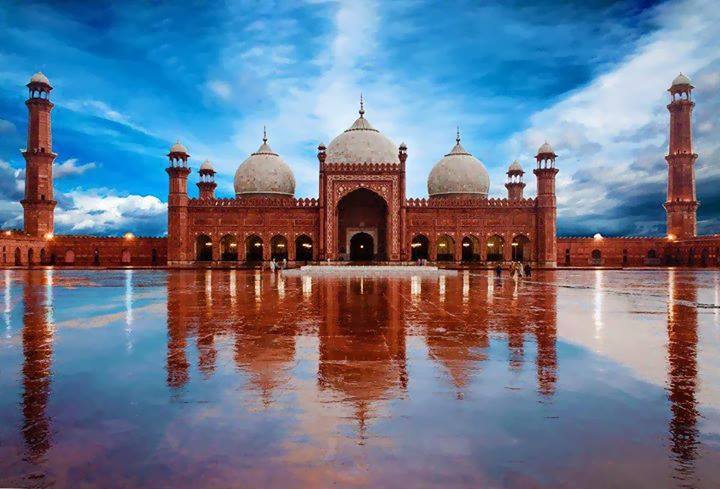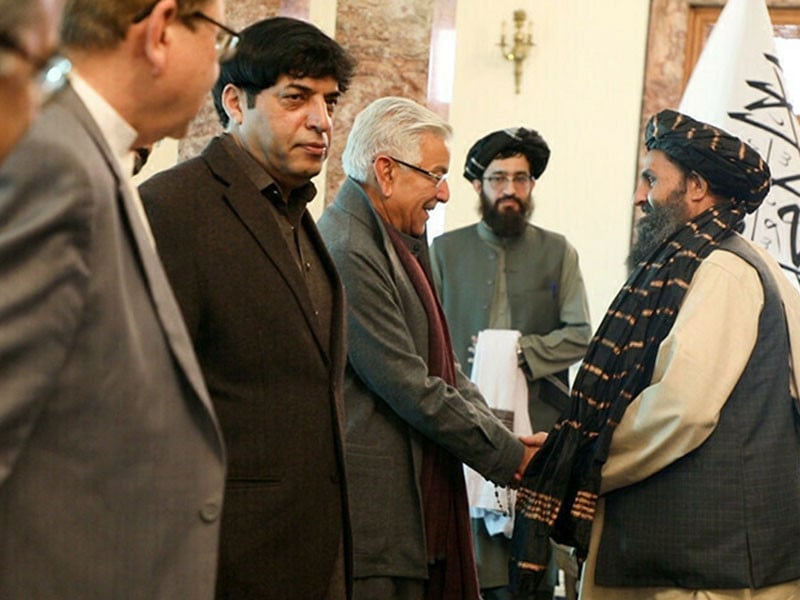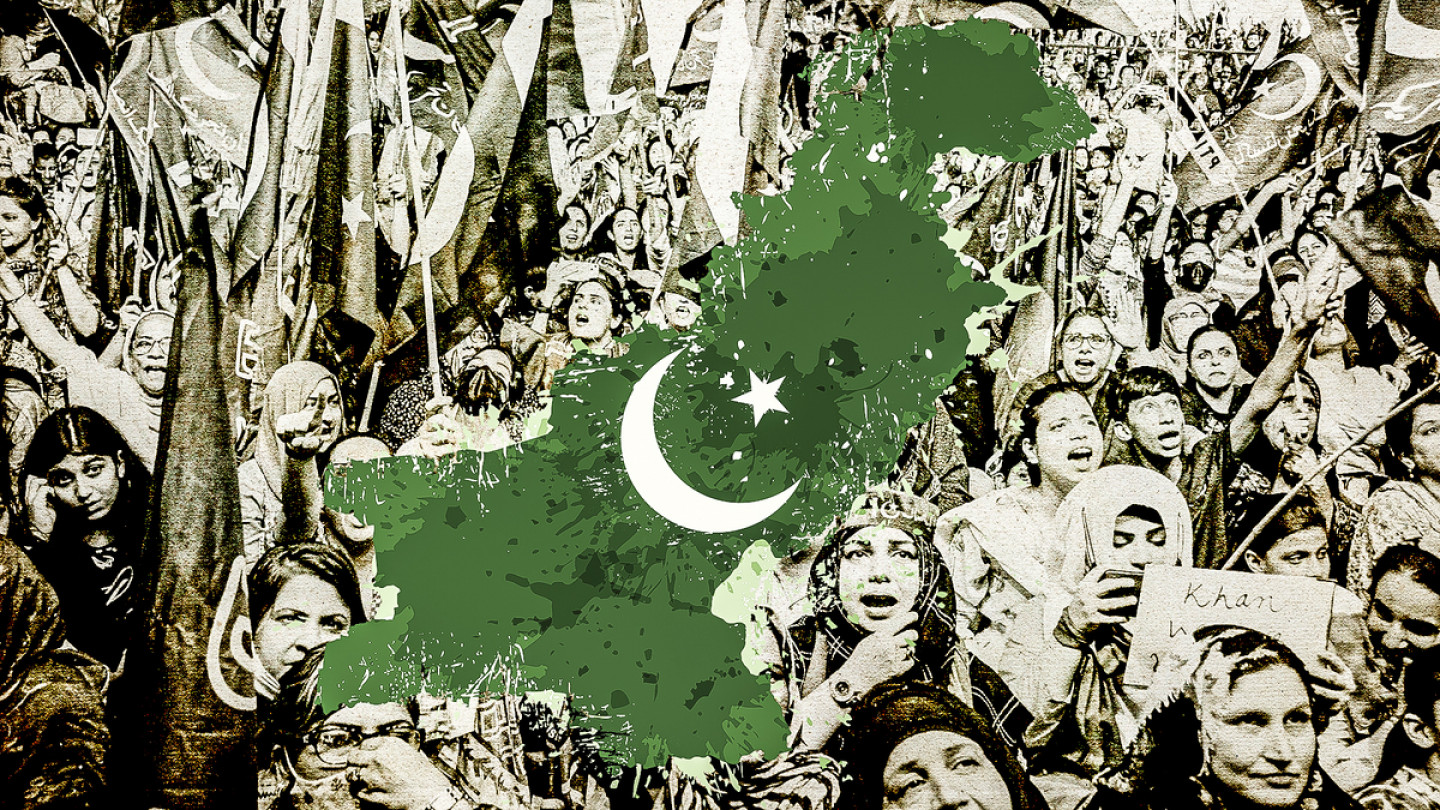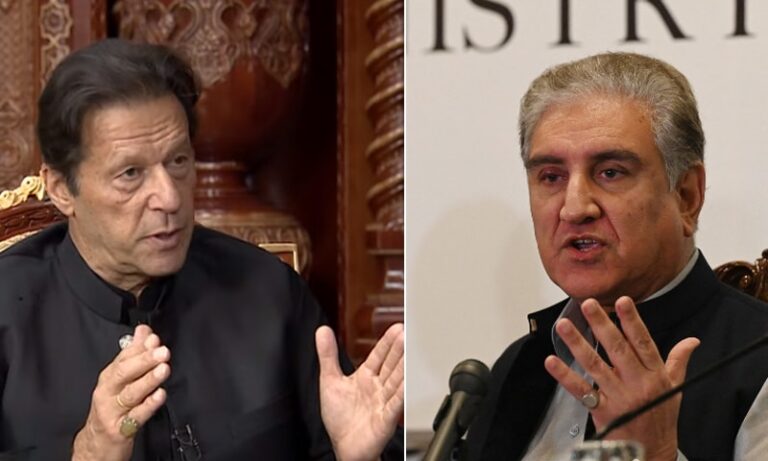The Badshahi Mosque is a Mughal-era mosque in Lahore, the capital of Punjab, Pakistan. Badshahi Mosque manifests in a historical setting. Its front side faces Lahore Fort; on the northern side is Minar-e Pakistan; on the northeast corner is Samadhi Ranjit Sing. On the southern side is the Walled City of Lahore. The mosque represents to be one of Lahore’s most iconic landmarks.
The Badshahi Mosque adhered to Mughal Emperor Aurangzeb Alamgir in 1671 AD. The mosque was constructed in two years until 1673 AD under the supervision of Muzaffer Hussain, also known as “Fidai Khan Koka.” The mosque is an actual example of Mughal architecture, with an exterior decorated with red sandstone and marble inlay. It remains the largest and most recent of the grand imperial mosques of the Mughal era, is the second-largest mosque in Pakistan, and is now one of Pakistan’s most iconic sights.
The entrance to the mosque lies on the western side of the rectangular Hazuri Bagh and faces the famous Alamgiri Gate of the Lahore Fort, which occurs on the eastern side of the Hazuri Bagh. The mosque is next to the Roshnai Gate, one of the original thirteen gates of Lahore, which is to the southern side of the Hazuri Bagh.
The architectural composition is a squarely based setting, including a central courtyard with a water-pond, four octagonal minarets at four corners of the square plot, and a square entrance lobby accessed by 22 steps. There are three domes with marble cladding. The interior of the prayer hall is replete with inlay marble, Stucco tracery, and fresco painting.
During 1939-1960, a comprehensive restoration resurrected the original shape of the mosque.
There is also a small gallery at the upper floor of the main entrance, which contains relics attributed to the Holy Prophet Hazrat Muhammad (PBUH), Hazrat Ali (RA), Hazrat Fatima (RA), Imam Hassan (RA), Imam Hussain (RA) and Syed Abdul Qadir Gilani (RA). Near the mosque entrance lies the Tomb of Dr. Muhammad Iqbal, a poet widely revered in Pakistan as the founder of the Pakistan Movement, which led to the creation of Pakistan as a homeland for the Muslims of British India. Also located near the mosque’s entrance is the tomb of Sir Sikandar Hayat Khan, who was the principal motivation for playing a significant role in preserving and restoring the mosque.

















































